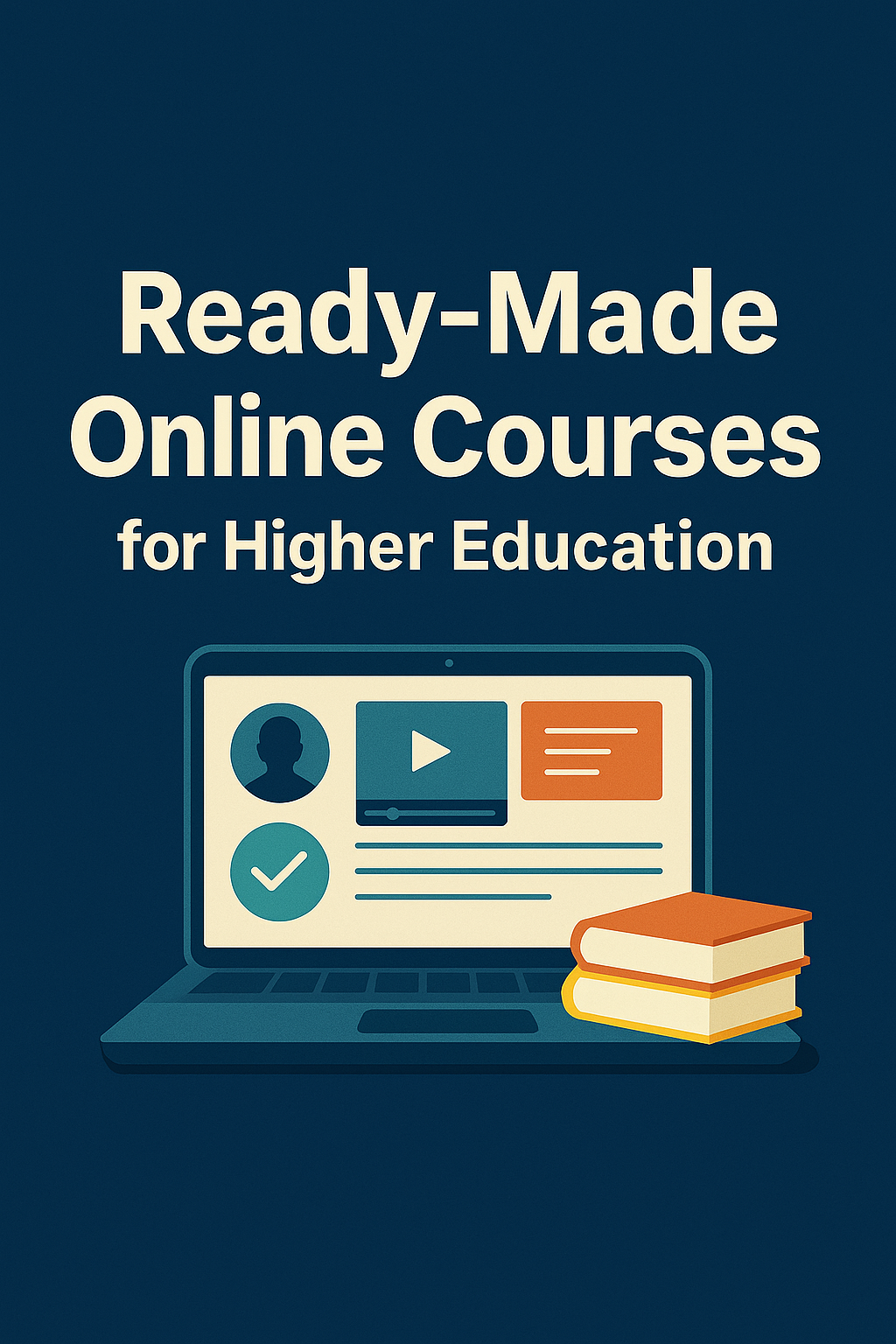2026 Evolution of Courseware in Higher Education: From Textbooks to Digital Ecosystems
2022 Ukraine War: Is This a Good Time To Open Your University?

This involves helping our clients understand all the legal and financial requirements around university establishment, as well as providing marketing and branding advice to ensure their university or college stands out from other educational institutions.
Our competitors can only offer a limited service, either licensing or accreditation, as most don't have the skills or team required to provide a turnkey service. This is why EEC stands out from the crowd – we can offer our clients everything they need to get their university off the ground easily and efficiently.
At EEC we're looking at building a long-term relationship with our clients, where launching a university is only the first step.
We are confident that no other company can match our team of experts and their specialized knowledge.
The past two years have brought great challenges to all of us; the coronavirus pandemic has impacted our world in many ways, ranging from mass job losses, supply chain issues, and the rise of inflation to name a few. The start of 2022 promised an optimistic forecast into the future as we’ve started to finally feel some relief from the blow of the pandemic and its rippling effect on our lives.
Alas, our global economy has been shaken yet again by the Russia-Ukraine war that took place more than a month ago. The atrocious attack by Russian troops in Ukraine has resulted in fuel inflation, as well as spikes in energy and food prices all around the world.
Some of the economic impacts of Russia’s war in Ukraine are:
- Oil prices will remain above US$100 per barrel for the duration of the conflict
- Gas prices will rise by at least 50% in 2022
- Several base metals such as aluminium, titanium, palladium and nickel produced by Russia will all spike in prices. These prices will remain at peak levels throughout the conflict in Ukraine. The result will be a substantial impact on industrial sectors around the world. The automotive industry is an example of that.
- The prices of agricultural commodities such as maize, barley, wheat and rapeseed will dramatically soar. This is because both Ukraine and Russia account for more than a quarter of the global wheat trade.
- Pressure on grain prices will be increased due to disruptions to trade routes in the Black Sea.
- Global supply chains will be disrupted.
- Financial sanctions in Russia will affect global supply chains and trade due to businesses struggling to find financial channels through which they could conduct trade with Russia.
- Destruction of transport infrastructure, restrictions on air links, and cancellation of sea freight routes in Ukraine will result in further supply chain issues around the region.
- Land-based trade routes between Europe and Asia will be disrupted due to transit through Russia becoming difficult as a result of the conflict. This will especially affect some China-based companies that have increased their traffic over land routes through Russia as an alternative option to air and sea freight during COVID-19.
- EU’s decision to close their airspace to Russia’s cargo and aircraft will severely hamper the air ties between Russia and Europe.
- Global inflation is forecasted to jump by 6% this year.
- Higher commodities prices will further fuel inflation into 2023.
- Increased prices will raise many questions and challenges for central banks. They will now be primarily concerned about the impact of Russia’s war on global post-coronavirus recovery.
Remember How The Stock Market Looked Like Before The Conflict?
The stock market had already an unstable start this year. The war in Ukraine has now added more uncertainty with the S&P seeing its most drastic one-day drop since May 2020.
With no end in sight and mounting sanctions against Russia from the U.S and its European allies, this uncertainty will continue throughout the conflict.
Russia’s current war in Ukraine has left hundreds of civilians dead, including children. More than half a million refugees have fled Ukraine seeking survival elsewhere. The gravest consequence of the conflict is thus clearly the human cost.
After the invasion began, the S&P index dropped by more than 10% in two years. The U.S. stock market has bounced back fairly quickly as a response despite uncertainty over what was going to happen next.
Indeed, the financial implications of the conflict are certainly more complex to foresee and understand as opposed to the direct human costs of the war.
For now, the experts agree that the response by NATO and the EU has stopped concerns over the Russian war in Ukraine having the potential to send global markets into the free fall.
This is a time when investors might be tempted to overreact by liquidating their assets. However, experts advise against this because the rebound of the stock market shows the volatility in investments to be par for the course.
“When there’s blood in the streets, invest”
In finance, there’s a concept called contrarian investing. This strategy is all about going against prevailing negative sentiments and market trends. The idea stamps from the markets being subject to the herding behaviour that’s triggered by fear and greed and that makes the markets periodically under and overpriced.
This might sound cynical, but historically, market panics have been great for low-priced investments.
The crash of 1987, the bear market of 1973-74 and the 9/11 terrorist attacks have all resulted in major market drops. These were also the times when contrarians found their best investments.
Why Invest in Opening Your Online University Now?
Currently, out of all types of investments, opening a university is the safest and most stable due to the following reasons:
- Private post-secondary education is a fast-growing market that occurs in all economies from middle income to emerging markets.
- The private education sector has reached a staggering $400 billion in market size. This happens in part due to the governments being unable to provide public post-secondary education to all those who are qualified, which is why the private sector is filling the gap.
- The global education market is set to reach $10T by 2030 due to demographic expansion and new developments in education technology.
- With inflation, the costs of opening a private university are expected to rise quickly in the long term, so it’s a great idea to start investing now to yield a high ROI in the coming years.
Final Words
Investing in establishing your higher education institution today will bring desired revenues over the coming years in addition to raising the economic and social status of the target groups that need help; this includes the Ukrainian people that have been devastated by the current conflict.
I hope this post gave you some food for thought on whether or not to open your university in 2022. As always, feel free to reach out to us via email if you have further questions or schedule a face-to-face video meeting for a customized consultation.
For personalized guidance, feel free to reach out to Expert Education Consultants via email at info@experteduconsult.com with any questions you may have. This service is complimentary.
To explore customized solutions tailored to your specific needs, schedule a personalized one-on-one paid consultation with Dr. Sandra Norderhaug here.











